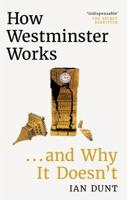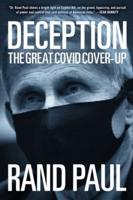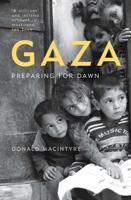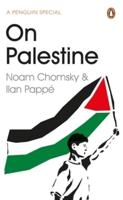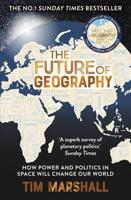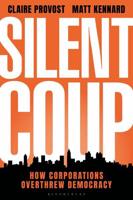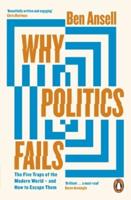Publisher's Synopsis
A new approach engaging citizens in preparedness and resilience in the United States is needed to increase community preparedness. Examination of Israel's proven model of community preparedness has shown that applying, adapting, and utilizing some of these components will greatly enhance U.S. resilience. The U.S. government's role is to design and resource flexible programs communities can tailor to address specific threats, needs, and strengths unique to their citizens and society. The United States and Israel have notable differences including land mass, population, frequency, and intensity of threats; national versus federal democratic governance, cultural and religious homogeneity; as well as levels of public trust in government. This thesis found the contextual differences are not insurmountable policy challenges for utilizing best practices from Israeli community preparedness models and applying them to the United States. Many Israeli practices parallel those of the United States, particularly the utilization of volunteers in disaster preparedness and response. Israel's history of threats and the resultant citizen engagement model has made Israel the leader in utilizing civilians as a force structure component for community preparedness and national resilience. Since portions of Israel's model have demonstrated success, and are applicable, these practices should be implemented to increase U.S. community preparedness and resilience.

